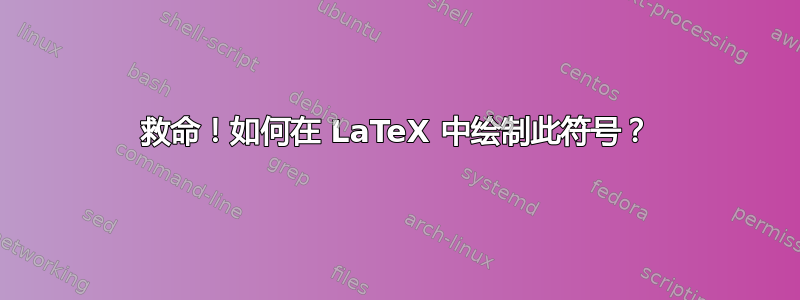
答案1
像这样?这只是一个起点。
\documentclass[margin=3mm]{standalone}
\usepackage{tikz}
\usepackage{tkz-euclide}
\usetikzlibrary{calc}
\tikzset{%
startbutton/.pic = {%
\draw [very thick](0,0)--++(-90:1);
\draw [very thick](0,-2)coordinate(A)--++(-90:1);
\draw [very thick](A)--++(125:1.1)coordinate(B);
\draw [very thick]($(A)!0.45!(B)$)--++(180:0.75)coordinate(C);
\draw [very thick]($(A)!0.55!(B)$)--++(180:0.68)coordinate(D);
\tkzDrawArc[R,thick,fill,black]($(C)!0.5!(D)$, 4pt)(90,270)
}
}
\begin{document}
\begin{tikzpicture}
\pic {startbutton};
\end{tikzpicture}
\end{document}
答案2
该符号不在circuitikz,但如果你坚持的话,你可以构建它……或多或少。
\documentclass[border=10pt]{standalone}
\usepackage[siunitx, RPvoltages]{circuitikz}
\begin{document}
\begin{tikzpicture}[]
\ctikzset{bipoles/cuteswitch/thickness=0.5}
\draw (0,0) to [cosw, name=sw] ++(0,2);
\draw[thick, double, -{Arc Barb}] (sw.mid) -- ++(-0.5,0);
\end{tikzpicture}
\end{document}
如果您想要更大的“双线”和/或(感谢@Sebastiano!)您必须做一些棘手的事情:
- 使用剪辑(嗯,逆剪辑)正确定位双线并仅绘制有用的线;
- 重新绘制开关以删除难看的剪辑线组合。
\documentclass[border=10pt]{standalone}
\usepackage[siunitx, RPvoltages]{circuitikz}
\begin{document}
%
% Thanks to Symbol1, Paul Gaborit etc. at
% https://tex.stackexchange.com/a/290508/38080
%
\tikzset{
clip even odd rule/.code={\pgfseteorule}, % Credit to Andrew Stacey
invclip/.style={
clip,insert path=
[clip even odd rule]{
[reset cm](-\maxdimen,-\maxdimen)rectangle(\maxdimen,\maxdimen)
}
}
}
\begin{tikzpicture}[]
\ctikzset{bipoles/cuteswitch/thickness=0.5}
\begin{scope}
\draw (0,0) to [cosw, name=sw, switches/scale=1.5] ++(0,2);
% this "cuts out" from the path the triangle formed by the switch
\begin{pgfinterruptboundingbox}
\clip[invclip] (sw.in) -- ($(sw.in)!2!(sw.mid)$) -- (sw.out) -- cycle;
\end{pgfinterruptboundingbox}
\draw[thick, double, double distance=4pt, -{Arc Barb[]}] (sw.mid) ++(0.2,0) -- ++(-1.3,0);
\end{scope}
%
% redraw the switch to avoid the horrible junction!
%
\draw (0,0) to [cosw, name=sw, switches/scale=1.5] ++(0,2);
\end{tikzpicture}
\end{document}






